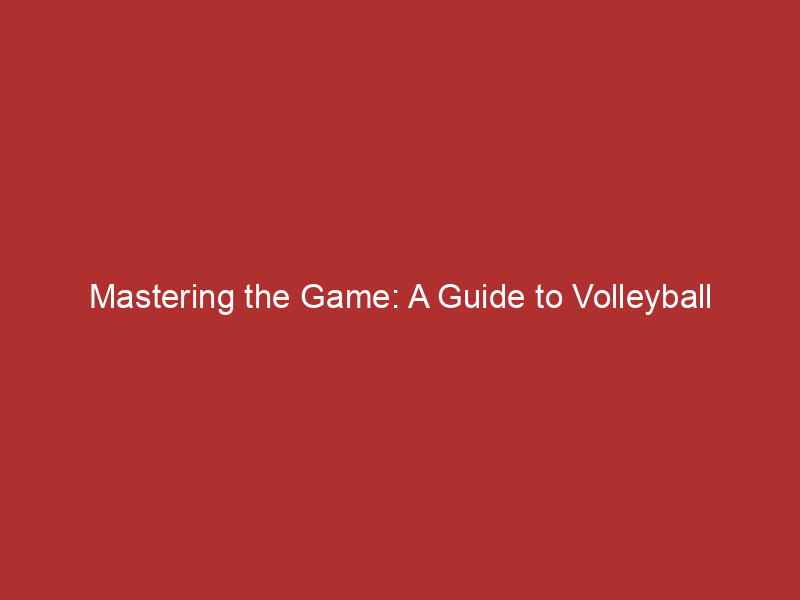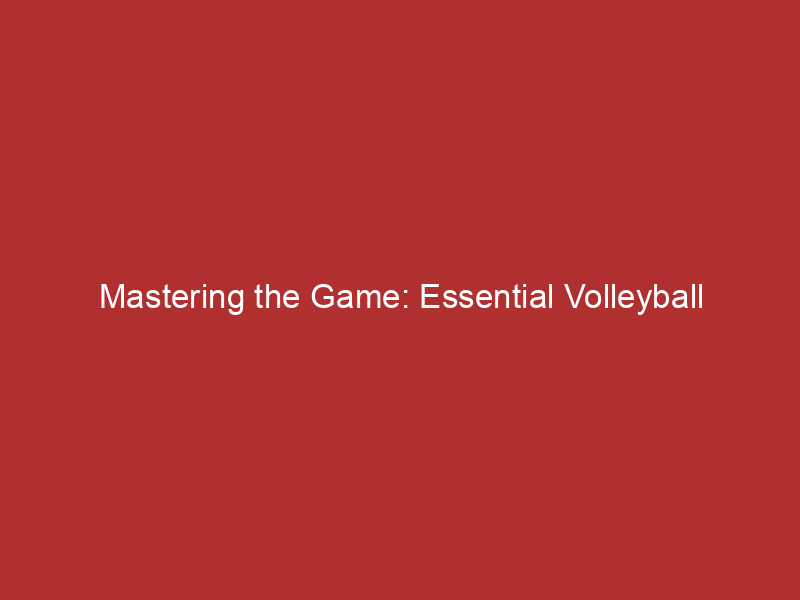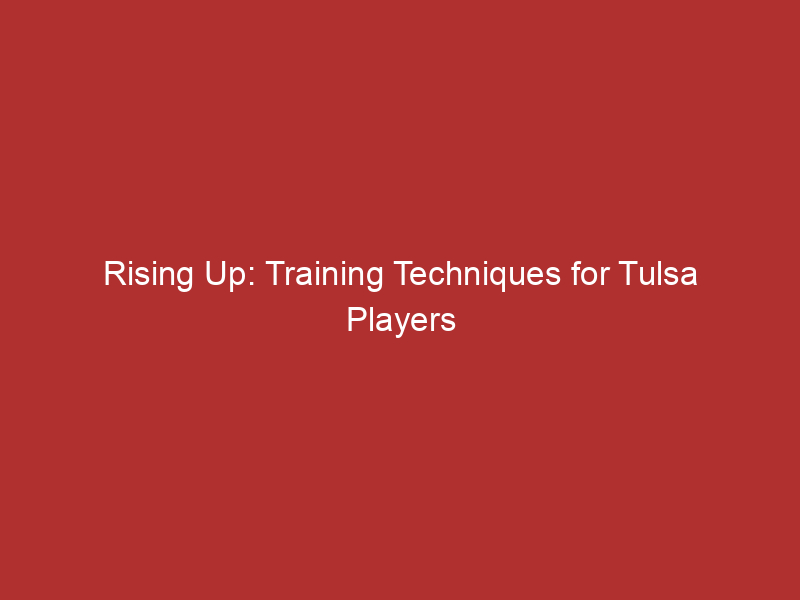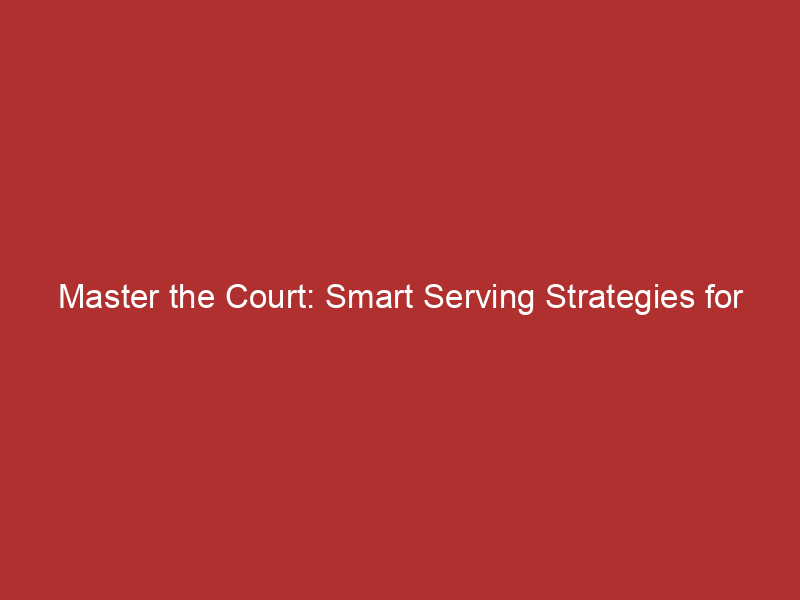Introduction to Volleyball Rotation Strategies
Hey there, volleyball enthusiasts! Are you ready to take your game to the next level? Understanding volleyball rotation strategies can be a game-changer. It’s like a secret weapon that can give your team an edge over the competition. Let’s dive right in!
- Understanding the importance of volleyball rotation
- Overview of volleyball rotation rules
So, why is volleyball rotation so important? Well, it’s all about keeping the other team guessing. By rotating positions, you can confuse your opponents and make it harder for them to predict your next move. Plus, it’s a great way to make sure all team members get a chance to play different roles on the court. Cool, right?
Now, let’s talk about the rules. In volleyball, players rotate in a clockwise direction. The player at the back right moves to the back center, then to the back left, then to the front left, and so on. But remember, you can’t rotate until your team has won the serve. And once you’ve rotated, you have to stay in that position until the serve has been hit. It’s like a dance, and knowing the steps can really help your team stay in sync.
So there you have it, a quick introduction to volleyball rotation strategies. Stick around, because we’re just getting started. Up next, we’ll dive deeper into understanding volleyball rotation, positioning techniques, and drills to help you master these strategies. Let’s ace this together!
Understanding Volleyball Rotation
Let’s dive into the exciting world of volleyball rotation. This is a crucial part of the game that can make or break a team’s performance. So, buckle up as we explore this topic in detail.
Volleyball Rotation Explained
Understanding volleyball rotation is like learning a new dance. Everyone has a specific spot and a role to play. Let’s break it down.
- Basic principles of volleyball rotation
- Role of each player in volleyball rotation
Volleyball rotation is all about the order of players on the court. After the server serves the ball, players can move around. But when it’s time to serve again, they must rotate one position clockwise. This means the player who was in position 2 moves to position 1, and so on. This keeps the game fair and exciting. Wikipedia has a great visual of this rotation.
Each player has a unique role in the rotation. The roles are setter, outside hitters, middle blockers, opposite, and libero. The setter is like the quarterback, setting up plays. The outside hitters are the main attackers. Middle blockers try to block the opposing team’s attacks. The opposite is responsible for attacking from the back row. And the libero, well, they’re the defensive wizards. They can replace any back-row player without counting as a substitution. Cool, right?
So, that’s the basics of volleyball rotation. It might seem complicated at first, but with practice, it becomes second nature. Remember, teamwork makes the dream work!
Volleyball Rotation Patterns
Let’s dive into the world of volleyball rotation patterns. These are like secret codes that teams use to keep their opponents guessing. Understanding them can give you a big advantage on the court!
- Common volleyball rotation patterns
- How to identify and adapt to different rotation patterns
There are a few common rotation patterns that most teams use. The most popular ones are the 5-1, 6-2, and 4-2 rotations. In a 5-1 rotation, there’s one setter and five hitters. The 6-2 rotation has two setters and six hitters, and the 4-2 rotation has two setters and four hitters. Each pattern has its own strengths and weaknesses, so it’s important to choose the one that fits your team best.
Identifying the opponent’s rotation pattern can be tricky, but with practice, you can become a pro at it! Watch how the players move after each serve. If they always move in the same direction, they’re probably using a 5-1 or 6-2 rotation. If they move in different directions, they might be using a 4-2 rotation.
Adapting to different rotation patterns is all about flexibility. If the other team is using a 5-1 rotation and you’re struggling to score, you might want to switch to a 6-2 rotation to get more hitters on the court. Remember, the key is to keep your opponents guessing!
So there you have it, folks! Understanding volleyball rotation patterns can be a game-changer. So, keep practicing, stay flexible, and most importantly, have fun out there!
Volleyball Positioning Techniques
Hey there, volleyball enthusiasts! Today, we’re going to talk about something super important in the game of volleyball – positioning techniques. Let’s dive right in!
Positioning in Different Volleyball Rotation Systems
First off, let’s chat about the different rotation systems in volleyball. There are two main ones – the 6-2 and the 5-1. Each one has its own unique positioning techniques. Let’s break it down.
- Positioning in a 6-2 volleyball rotation system
- Positioning in a 5-1 volleyball rotation system
In a 6-2 rotation, there are always two setters on the court. This means that there are six possible attackers at any given time. Pretty cool, right? The key to positioning in this system is for the setters to always be in the right back position. This allows for maximum attacking options. The other players need to rotate around the setter, keeping the court covered at all times.
Now, let’s talk about the 5-1 rotation. In this system, there’s only one setter on the court. This means there are five possible attackers. The setter usually starts in the right back position, but unlike in the 6-2, they move around a lot more. The other players need to adjust their positions based on where the setter is, making sure the court is always covered.
Remember, the key to good positioning is communication and practice. So, get out there and start practicing these techniques! Stay tuned for more tips and tricks on mastering volleyball rotation techniques.
Positioning for Optimal Court Coverage
Let’s dive into the world of volleyball and learn how to position ourselves for the best court coverage. It’s all about being in the right place at the right time!
- Strategies for Effective Court Coverage
Effective court coverage is all about teamwork and communication. Here are some strategies that can help you and your team cover the court like pros:
- Stay Alert: Always keep your eyes on the ball and be ready to move at any moment.
- Communication is Key: Talk to your teammates. Let them know where you are and where you’re going.
- Know Your Position: Each player has a specific role and position. Make sure you know yours and stick to it.
- Practice Makes Perfect: The more you practice, the better you’ll get at reading the game and positioning yourself correctly.
- Case Study: Successful Court Coverage in Professional Volleyball
Let’s take a look at a real-life example of successful court coverage. The 2016 Olympic final between Brazil and Italy is a perfect example of how effective court coverage can lead to victory. Brazil’s team was known for their excellent court coverage, which was a major factor in their win.
In this match, Brazil’s players were always in the right place at the right time. They communicated effectively and knew exactly where they needed to be. This allowed them to cover the court efficiently and make it difficult for Italy to score.
By studying this match, we can learn a lot about the importance of positioning and court coverage in volleyball. It’s not just about individual skill, but also about how well the team works together as a unit. Learn more about this match on Wikipedia.
Volleyball Rotation Drills
Let’s dive into some super fun and effective volleyball rotation drills. These drills are designed to make you a pro at volleyball rotation. So, get ready to spike your skills to the next level!
Drills for Improving Volleyball Rotation
Improving volleyball rotation is all about practice, practice, and more practice. And what better way to practice than with drills? Here are a couple of drills that can help you master the art of volleyball rotation.
- Drills for Practicing Volleyball Rotation Patterns
- Drills for Improving Player Positioning
Understanding and practicing rotation patterns is key to mastering volleyball rotation. A popular drill for this is the ‘Circle Rotation Drill’. In this drill, players form a circle and rotate in a specific pattern, mimicking the rotation in a real game. This helps players get used to the rotation pattern and improves their movement on the court.
Positioning is crucial in volleyball rotation. A great drill to improve player positioning is the ‘Position Swap Drill’. In this drill, players swap positions with each other in a set rotation pattern. This not only helps players understand their roles in different positions but also improves their adaptability on the court.
Remember, the key to mastering volleyball rotation is consistent practice. So, don’t be disheartened if you don’t get it right the first time. Keep practicing these drills and you’ll be a pro in no time!
Key Takeaways from Volleyball Rotation Drills
- What to focus on during volleyball rotation drills
- How to measure improvement in volleyball rotation
When you’re practicing volleyball rotation drills, the main thing to focus on is the positioning of each player. It’s crucial that everyone knows where they should be at all times. This means understanding the rotation pattern and being able to move quickly and efficiently to your new position. Remember, communication is key! Always let your teammates know where you are and where you’re moving to. It’s also important to keep an eye on the ball and anticipate its trajectory. This will help you move to the right place at the right time.
Measuring improvement in volleyball rotation can be a bit tricky, but there are a few things you can look out for. One of the most obvious signs of improvement is fewer mistakes. If you’re finding that your team is getting less confused and making fewer errors during games, that’s a good sign that your rotation drills are working. You can also look at how quickly your team is able to rotate. The faster and more efficiently you can move to your new positions, the better your rotation is likely to be. Finally, consider the success of your plays. If you’re able to execute more complex plays successfully, this is a good indication that your rotation skills are improving.
Conclusion: Mastering Volleyball Rotation Techniques
As we wrap up our discussion about volleyball rotation strategies and positioning techniques, let’s take a moment to recap what we’ve learned and share some final thoughts on mastering this essential aspect of the game.
- Recap of volleyball rotation strategies and positioning techniques
- Final thoughts on understanding and mastering volleyball rotation
We’ve explored the importance of understanding volleyball rotation and how it can significantly impact your team’s performance. We’ve learned about the different positions in volleyball, like the setter, outside hitter, and libero, and how each one has a unique role in the rotation. We’ve also delved into various strategies, such as the 5-1 and 6-2 rotations, and how they can be used to maximize your team’s strengths and exploit your opponent’s weaknesses.
Mastering volleyball rotation is not something that happens overnight. It requires practice, patience, and a keen understanding of the game. But once you get the hang of it, you’ll see a significant improvement in your team’s performance. Remember, the key to successful rotation is communication and teamwork. So, keep practicing, keep communicating, and before you know it, you’ll be rotating like a pro!
So, there you have it – a comprehensive guide to volleyball rotation strategies and positioning techniques. We hope this information has been helpful and that you feel more confident in your understanding of volleyball rotation. Now, it’s time to hit the court and put what you’ve learned into practice. Good luck!






